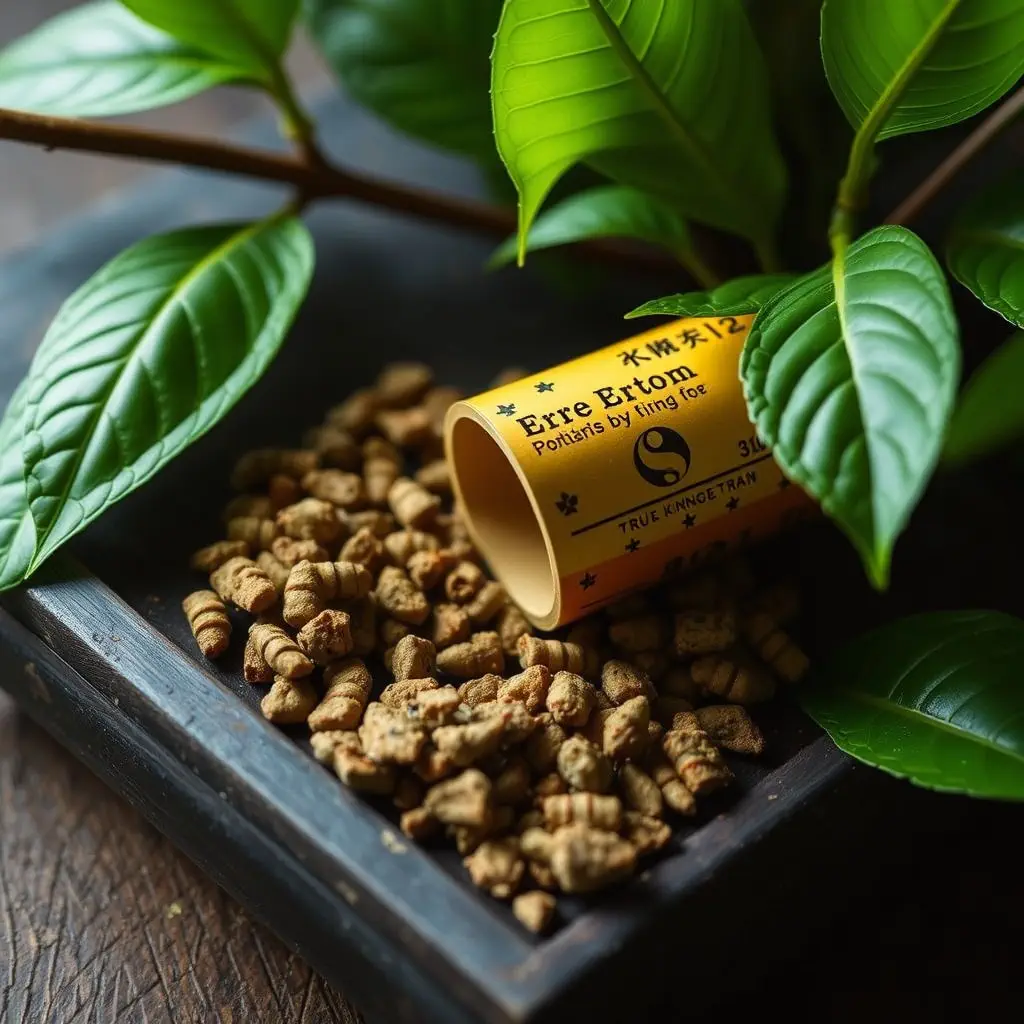Opioid withdrawal is a difficult process with physical and psychological symptoms. Kratom, or lotus blue flower (Mitragyna speciosa), offers a natural alternative due to its unique chemical profile that interacts with opioid receptors, providing pain relief, reduced anxiety, and improved mood. Research highlights its potential in managing opioid addiction and withdrawal as a complementary therapy. However, further studies are needed to fully understand its benefits and risks, with long-term safety assessments crucial for responsible integration into withdrawal protocols.
“In the ongoing battle against opioid addiction, understanding and managing withdrawal symptoms is paramount. This comprehensive guide delves into the potential of kratom as a natural aid for opioid withdrawal. Kratom, known scientifically as Mitragyna speciosa, has gained attention as a safer alternative for easing discomfort associated with detox.
We explore ‘lotus blue flower’ (kratom) as a promising option, analyzing its effects on withdrawal symptoms and safety considerations. By examining current research, we offer insights into future treatment directions for those seeking to break free from opioid dependence.”
- Understanding Opioid Withdrawal and Its Challenges
- Exploring Kratom as a Potential Aid for Withdrawal Symptoms
- Safety Considerations and Future Research Directions for Lotus Blue Flower in Withdrawal Treatment
Understanding Opioid Withdrawal and Its Challenges

Opioid withdrawal is a complex process marked by intense physical and psychological symptoms as the body adjusts to reduced or discontinued exposure to these powerful substances. The challenges extend beyond the acute discomfort, as individuals often face cognitive and emotional struggles, including anxiety, depression, and vivid nightmares. These symptoms can be particularly daunting, leading many to seek alternative solutions for managing withdrawal safely and effectively.
Kratom, scientifically known as Mitragyna speciosa, has emerged as a potential natural remedy for opioid withdrawal. Often referred to as the “lotus blue flower,” kratom’s unique chemical composition offers interactive effects on opioid receptors in the brain, helping to alleviate withdrawal symptoms. Its ability to provide pain relief, reduce anxiety, and enhance mood makes it a compelling option for those looking to navigate the withdrawal process with greater comfort and support.
Exploring Kratom as a Potential Aid for Withdrawal Symptoms

Kratom, derived from the tropical plant Mitragyna speciosa, has gained attention as a potential natural aid for managing opioid withdrawal symptoms. Often referred to as the lotus blue flower, kratom’s unique chemical composition offers a promising alternative for those seeking to break free from the grip of opioids. The plant contains various compounds, including mitragynine and 7-hydroxymitragynine, which interact with opioid receptors in the brain, potentially mitigating withdrawal effects such as anxiety, cravings, and physical discomfort.
Research suggests that kratom’s ability to stimulate dopamine release may help reduce opioid withdrawal symptoms and ease the transition off opioids. The lotus blue flower has been used traditionally for centuries in Southeast Asia to treat pain, fatigue, and even depression. With a growing body of evidence supporting its efficacy, kratom is now being explored as a complementary therapy for managing opioid addiction and withdrawal, offering a natural path to recovery for those seeking alternative solutions.
Safety Considerations and Future Research Directions for Lotus Blue Flower in Withdrawal Treatment

The use of lotus blue flower (Kratom) as an alternative treatment for opioid withdrawal symptoms has gained interest in recent years, but it’s crucial to approach this with caution and a focus on safety. While some studies suggest its efficacy, more rigorous research is needed to fully understand its potential benefits and risks. The current evidence highlights the need for careful monitoring and controlled trials to establish safe dosage and administration methods, especially as kratom can have varying effects depending on individual tolerance and metabolism.
Future research directions should explore the active compounds in lotus blue flower and their interactions with opioid receptors. Understanding the mechanism of action will help in tailoring treatments and identifying suitable patient populations who may benefit most. Additionally, long-term studies are required to assess the overall safety and sustainability of kratom as a withdrawal aid, ensuring that any potential side effects or risks are thoroughly evaluated and addressed for effective and responsible integration into opioid withdrawal treatment protocols.
Kratom, particularly the lotus blue flower strain, has shown promise as a natural aid for individuals facing opioid withdrawal symptoms. By understanding the challenges of opioid withdrawal and exploring alternative treatments like kratom, we can offer new hope for those seeking recovery. However, further research is needed to fully comprehend its safety and efficacy. As we continue to navigate the complex landscape of substance use disorders, lotus blue flower may emerge as a valuable tool in helping folks find relief and embark on a path to long-term wellness.






